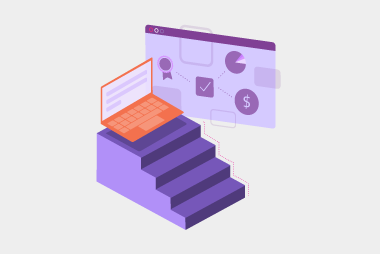More message types on the Peppol network, not just eInvoices
Studies have shown that 72.5% of invoices globally are paid late . In 2016, Australian companies were an average of 26.4 days overdue on their invoice payments. With the help of eInvoicing, we’re seeing sellers being paid in less time. This improves cash flow and allows businesses to use their funds more strategically.Could there be a business mandate for eInvoicing?
In 2020, the Commonwealth government’s Treasury sent out a request for feedback from businesses on options to accelerate the adoption of eInvoicing an. One option involves requiring all businesses to have the capability to send and receive Peppol eInvoices, with large businesses being the first. Another option would be to require only large businesses to have the ability to send and receive Peppol eInvoices. The last option is a non-regulatory option that offers more flexibility for businesses to choose their own pathway to adoption. This is by no means a mandate for eInvoicing at the moment, but some of the options, if implemented, could bring a mandate. We’ve also seen the Government push the Business eInvoicing Right (BER) initiative to encourage the adoption of B2B eInvoicing. The BER allows companies to request their trading partners to send them eInvoices in the Peppol format. The objective of the BER initiative is to gradually introduce the obligatory use of eInvoicing among Australian companies, based on their size.Push by government to get suppliers onboard to eInvoicing
With government agencies and departments going through mandatory implementation of eInvoicing, it’s only a matter of time before their suppliers follow suit. There’s already been talk about government agencies mandating their suppliers to implement eInvoicing. The ATO is currently focusing on a push to large businesses, particularly in the utilities and telecommunications sectors, to support eInvoicing.Have more questions? Ask our experts by getting in touch below.Request a call
Chat with one of our experts
Just fill out your details below and we'll be in touch within one business day.

